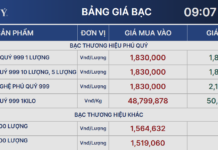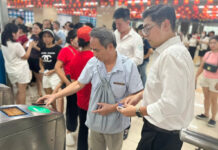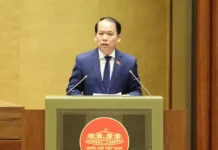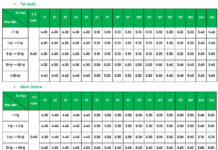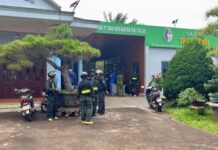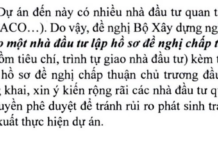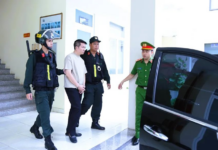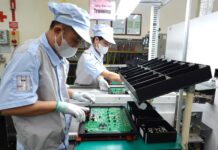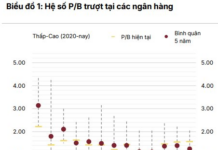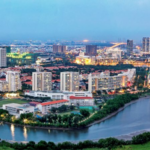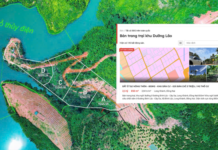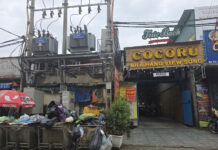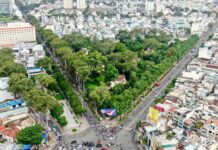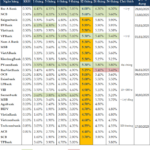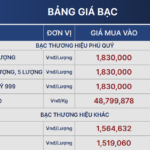Prime Minister Pham Minh Chinh shared these insights during his conclusion speech at the 6th meeting of the Southeastern Region Coordination Council on August 2nd, 2025.
Prime Minister Pham Minh Chinh expressed his belief and expectation that the Southeastern Region would take the lead in breakthrough developments, focusing on science and technology, innovation, and digital transformation, as well as ensuring the smooth operation of the two-tier local government.
Following administrative boundary adjustments, the Southeastern Region now comprises three provinces and cities: Ho Chi Minh City, Dong Nai, and Tay Ninh, spanning over 28,000 square kilometers and housing a population of nearly 21 million people. This region holds a particularly important position as the country’s economic hub and a key growth driver.
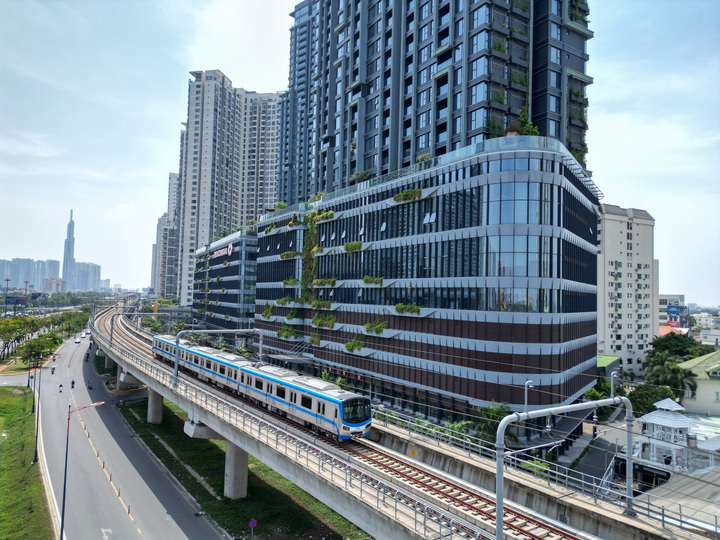
Prime Minister instructs the study and construction of a metro line connecting Tan Son Nhat and Long Thanh international airports.
In the first half of 2025, the Southeastern Region’s GRDP surpassed 1.12 quadrillion VND, ranking first among all economic regions. The region also maintained its lead nationwide in terms of the number of projects and total foreign direct investment, with nearly 24,000 projects and over 210 billion USD, respectively.
Ho Chi Minh City (new) has emerged as Vietnam’s largest “megacity,” with a GRDP of approximately 2.7 quadrillion VND, equivalent to 113 billion USD, contributing 23.6% to the country’s GDP. This highlights the city’s immense economic strength and its role as a crucial growth engine for Vietnam.
The Prime Minister emphasized that the revolutionary reorganization of the apparatus, completed within a month, has been a success, marking a turning point and a shift towards a new era of development.
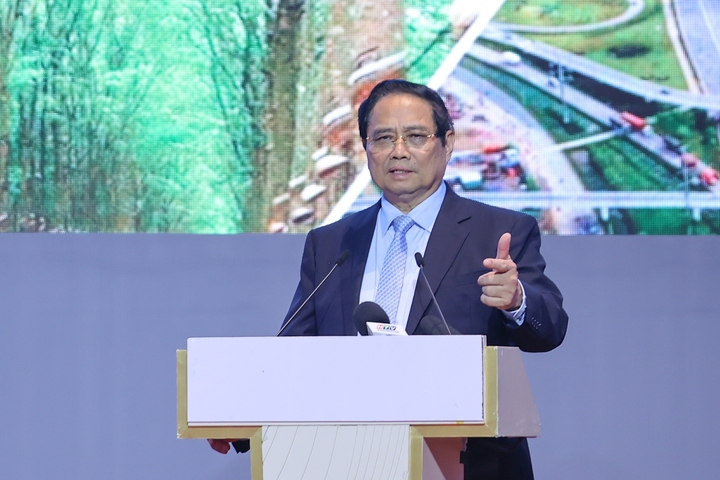
Prime Minister Pham Minh Chinh gives directives at the conference. (Photo: VGP/Nhat Bac)
The Prime Minister instructed the Steering Committee to streamline the organizational structure of the Southeastern Region Council and tasked them with studying and submitting to the Politburo a new resolution or conclusion on the development of the Southeastern Region in the era of national advancement. He also emphasized the need to review, update, and propose mechanisms and policies for the region.
The head of the government specifically instructed the localities to work together with Ho Chi Minh City to successfully establish the international financial center. He urged them to commence the Ring Road 4 project by August 19th and proceed with the Can Gio international transit port project, while also accelerating the Long Thanh international airport project, aiming for substantial completion by the end of 2025.

Long Thanh International Airport – a key project in the Southeastern Region’s economy is in its final stages, aiming for completion by the end of 2025.
Regarding transportation projects connecting the region, such as the Gia Nghia-Chon Thanh and Ho Chi Minh City-Moc Bai expressways, the Prime Minister instructed that construction should commence on August 19th. He requested that the Ministry of Finance and relevant agencies and provinces promptly review existing obstacles and propose solutions to ensure timely implementation.
Additionally, the localities were advised to initiate the study of the Loc Ninh-Bien Hoa (Dong Nai) railway line, connecting the Cai Mep and Can Gio ports in Ho Chi Minh City, which is crucial for cargo transportation.
Considering the two international airports, Tan Son Nhat and Long Thanh, the Prime Minister instructed the study and construction of an underground or urban railway system to facilitate passenger transportation between the two airports.
The Prime Minister assigned five specific tasks to Ho Chi Minh City, the Southeastern Region, and relevant ministries and sectors for the coming period. Firstly, the Ministry of Finance was tasked with leading the localities in reviewing and updating the planning to align with the rearrangement of administrative units and the new socio-economic regionalization orientation, in line with the country’s overall development.
Secondly, the ministries and sectors were instructed to review the institutions related to Resolution 98 and the development of the Southeastern Region. Any content that needs improvement, supplementation, amendment, or repeal should be promptly consolidated and proposed.
Thirdly, there is a need to mobilize resources to realize the planning and development of the region, especially by engaging the private economic sector and leveraging state resources as a catalyst.
Fourthly, the Prime Minister affirmed that the Southeastern Region now has a new development space and conditions, requiring the creation of commensurate development resources. He emphasized that development necessitates a long-term vision, deep thinking, and ambitious goals.
Lastly, he highlighted the importance of intelligent governance to meet the demands of new development.
Ho Chi Minh City aims for a 10.3% GRDP growth rate in the last six months
Regarding Ho Chi Minh City specifically, the Prime Minister instructed the city to boldly address difficulties and obstacles and promote mechanisms for development. The city should target an 8.5% GRDP growth rate for 2025, with a 10.3% growth rate in the last six months, to align with the country’s goal of achieving an 8.3-8.5% GDP growth rate. Additionally, the city should maintain macroeconomic stability, control inflation, ensure social welfare, and promote cultural and entertainment development.
The Prime Minister affirmed that the new space will create new momentum, elevating the city’s stature, vision, and global reach. He expressed confidence in the city’s ability to rise through its people, land, sky, and sea. He encouraged the city to turn impossibilities into possibilities and strive for regional and global excellence.
The New Landscape of Ho Chi Minh City’s Southern Real Estate Market Post-Merger
The new post-merger master plan is unlocking a plethora of opportunities for the southern part of Ho Chi Minh City. With a boost from improved infrastructure and ample land reserves, the real estate in this area is poised for significant growth in the medium to long term.
The Billion-Dollar Infrastructure Projects Unlocking the Potential of Ho Chi Minh City’s Eastern District
In recent years, the East of Ho Chi Minh City has become the focal point for urban and economic infrastructure development. A series of major transportation projects, including the Tan Van Interchange, Ring Road 3, An Phu Interchange, and the expansion of Hanoi Highway, are being synchronously implemented, providing a significant boost to the area’s growth.
Why the Third Largest City in Vietnam is Primed to Become the Country’s First International Financial Hub Over the Next Decade
Ho Chi Minh City, the bustling metropolis that never sleeps, boasts the title of Vietnam’s third-largest city. With a vibrant energy that rivals that of Hanoi and Hue, it is now poised to become the nation’s first comprehensive international financial hub.

